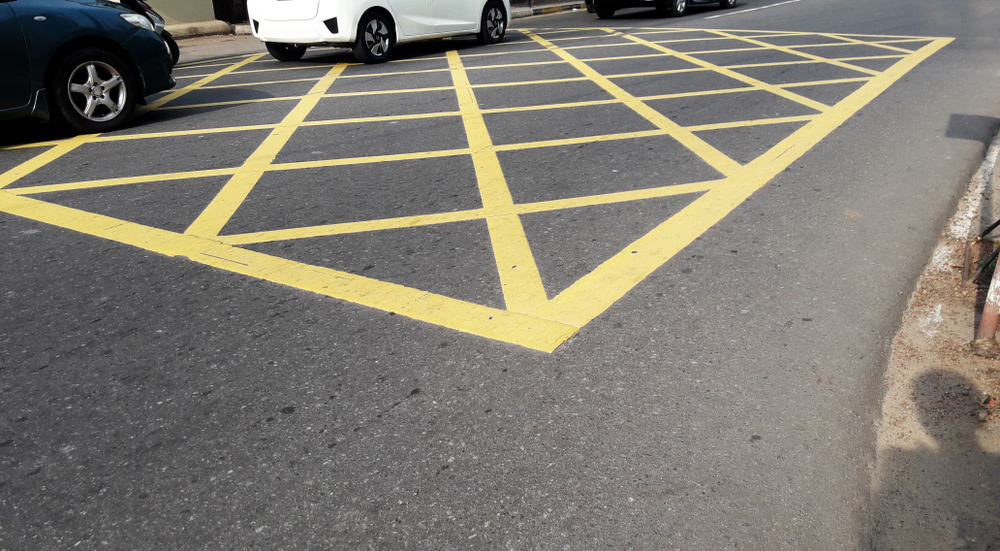Household Bills
Yellow box junctions help trap drivers with £58m in fines

Local authorities in London and Cardiff have raked in £58m from drivers committing ‘moving traffic offences’ in just a year.
English and Welsh authorities with power to enforce ‘moving traffic offences’ such as stopping on a yellow box junction, making an illegal turn or driving down a ‘no entry’ road, raked in £58.2m in 2018/19 from motorists.
This is a 25% increase (£11.5m) on the £46.7m penalty charge notice (PCN) figure from the 2016/17 tax year, according to data obtained by motoring group, the RAC.
It said that yellow box junctions are the most lucrative, bringing in revenue of £31.4m in 2018/19 compared to £22.3m for ‘no turn’ offences and £4.4m for ‘no entry’ contraventions.
Transport for London (TfL) has 399 yellow box junctions and the data revealed it made a revenue of near £10m. Hammersmith and Fulham lined its coffers with £3.5m. A single yellow box junction in Westminster snared £333,295 from motorists via 5,000 PCNs.
When it came to ‘no turn’ offences, Ealing topped the charts with £2.6m obtained from 44,612 PCNs.
These are the most profitable offences in Cardiff as they yielded £1.4m in 2018/19.
And with ‘no entry’ offences, Harrow made £549,785 revenue, followed by Southwark on £420,760 and Islington on £357,265.
With plans to extend the enforcement powers to all local authorities in England and Wales (currently, local authorities outside of London and Cardiff only have powers to enforce bus lane contraventions), these figures are set to increase.
‘Phenomenal sums made’
RAC head of roads policy, Nicholas Lyes, said: “It’s plain for all to see that London boroughs, TfL and Cardiff are generating phenomenal sums of money from the enforcement of moving traffic offences.
“The vast majority of drivers surveyed agree that those who stop on yellow boxes, make illegal turns or go through ‘no entry’ signs need to be penalised. But when it comes to extending powers to other councils many are concerned, with 68% thinking local authorities will rush to install cameras to generate additional revenue.
“Four in 10 drivers also believe that road layouts and signage will be made deliberately confusing to increase the number of PCNs issued. Clearly, the priority for enforcement should be to improve road safety and reduce congestion.”
Lyes added that the Department for Transport should issue guidance on enforcement and signage used so drivers are aware that enforcement action will be taken for ‘moving traffic offences’.
“It should also make clear the circumstances in which a PCN can be appealed and where mitigating circumstances may apply such as stopping in a yellow box to allow an emergency services vehicle to go by,” he said.
Lyes added: “We welcome proposals that first offenders are sent a warning letter before subsequent penalties apply. This is particularly important where changes are made to urban road layouts. What we do not want is this being seen by cash-strapped local authorities as a way to generate revenue.
“In addition, we would urge local authorities to publish annual reports of moving traffic offence receipts by type and by junction. We would also encourage them to monitor hot spots where an unusually high proportion of PCNs are issued as this is more than likely a clear indication of a problem with signage or road layout.”